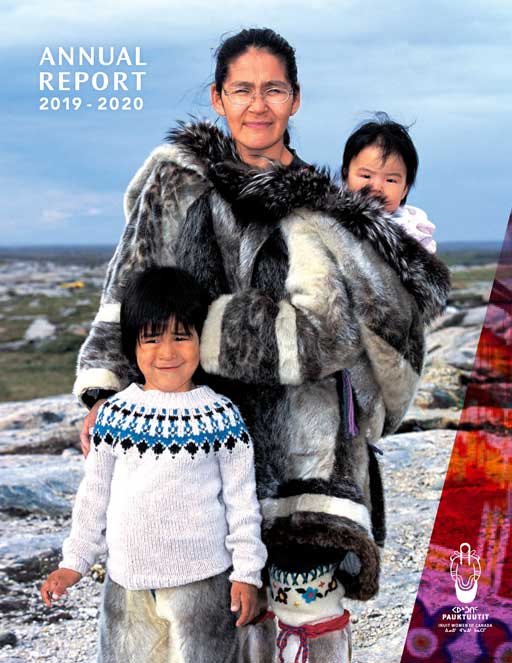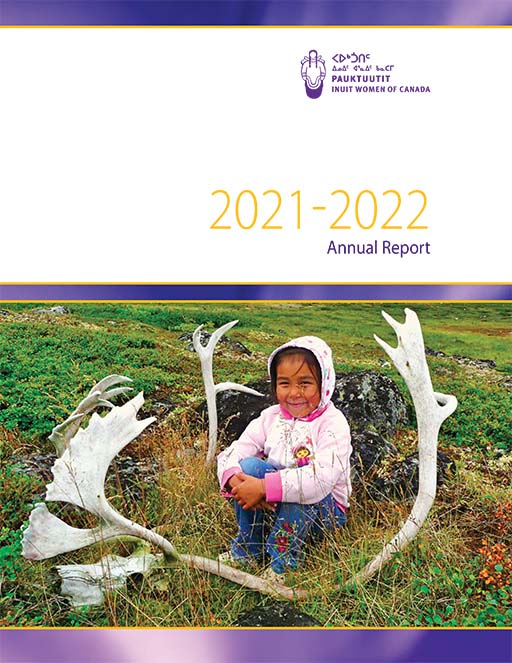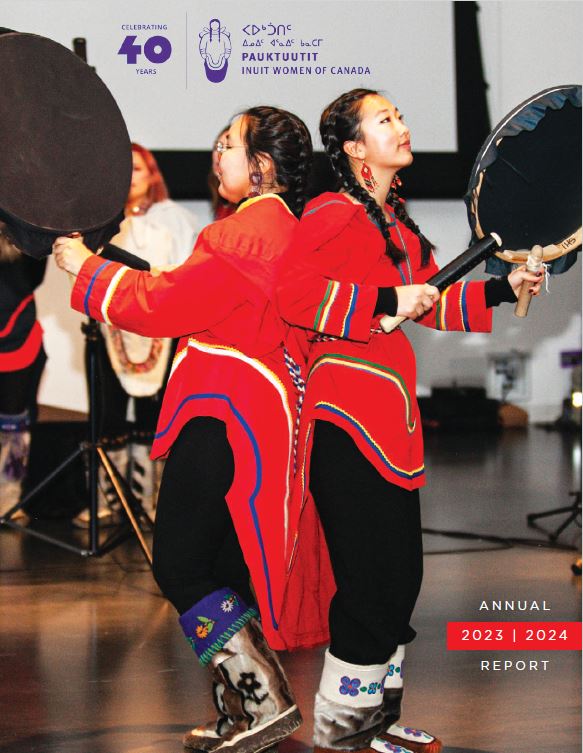
Respecting Tradition, Protecting our Future
Celebrating 40 Years of Pauktuutit Inuit Women of Canada
1984-2024
Welcome to Respecting Tradition, Protecting Our Future, a special project commemorating the 40th anniversary of Pauktuutit Inuit Women of Canada. This project celebrates the remarkable journey of our organization and the extraordinary leadership of the Inuit women who have guided us. Through personal interviews, reflections, and shared memories, we honor the vision, leadership, and dedication of Pauktuutit’s past presidents and board members, whose unwavering commitment has built a foundation for generations to come.
As you explore this history project, we invite you to delve into the inspiring stories of advocacy, strength, and community that define Pauktuutit’s legacy and continue to shape our future.
TIMELINE
The initial idea to form an organization to focus solely upon the unique needs of Inuit women arose out of a recommendation made at a meeting held by Inuit Tapirisat of Canada (ITC) in 1975 in Pangnirtung.
Support for the idea for a new organization for women was neither immediate nor unanimous
For many Inuit women, it was time for a change.
After many consultations and meetings, the efforts to gain support for a new organization were rewarded.
1981
At the Inuit Tapirisat of Canada (ITC) Annual General Meeting, members resolved to create the national Inuit Women’s Association (IWA).
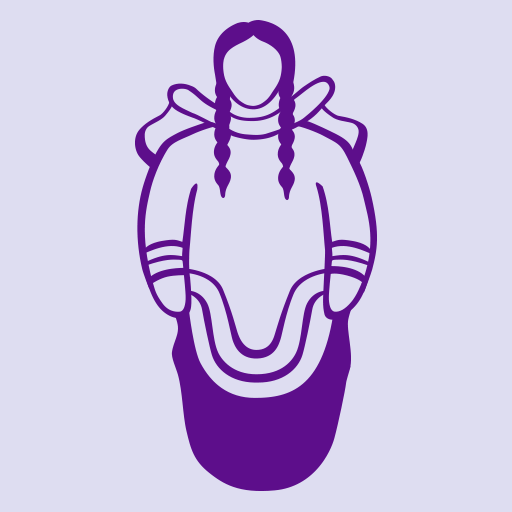
1982
A group including Jeela Alikatuktuk Moss Davies, Mary Sillett, Mary Simon, Leah D’Argencourt, Minnie Freedman, Eeta Kanajuk, Annie Padlo, Betty Brewster, and Meeka Kilabuk began laying the groundwork for the new organization.
1983
In March, the Inuit Women’s Association elected an Executive and Board of Directors at a meeting in Frobisher Bay, NWT, and began addressing various issues.
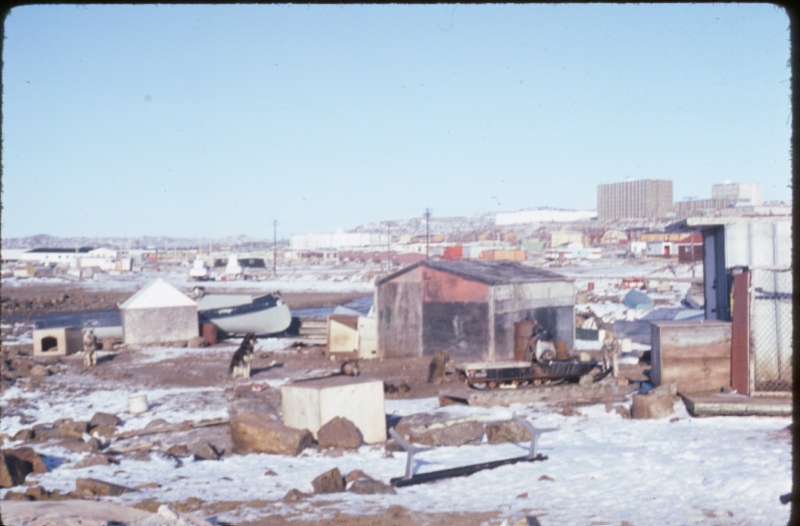
1984
Pauktuutit was officially incorporated and received its core funding. The first office was established near Parliament Hill, and Jeela Alikatuktuk Moss-Davies became the first president.
1985
In conjunction with the Annual General Meeting in Igloolik, Pauktuutit held an Economic Development conference and published the first edition of the Savvyagua newsletter.
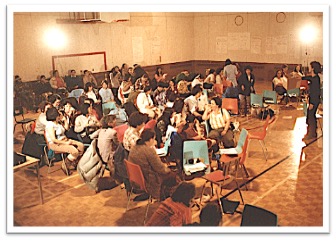
1986
Pauktuutit was accepted as a full voting member of ATII, advocating for Inuit women’s management skills. The health coordinator position was transferred from ITC, focusing on issues like AIDS, substance abuse, and pre and post-natal care.

1987
Pauktuutit established its Woman of the Year Award, reduced the number of directors and AGM delegates, and Pauktuutit was downgraded to ex officio status on the ITK Board.

Timeline
1989
Ikajurti, midwifery video was premiered at the AGM and broadcasted by IBC. Research on substance abuse has cast considerable light on the prevalence and seriousness of wide variety of health and social issues in our communities.
1990
Community workshops focused on childcare.
No More Secrets: The Hidden Secret of Child Sexual Abuse in Inuit Communities was released
1991
Mary Sillett, Pauktuutit President, was appointed to the Royal Commission on Aboriginal Peoples.
Pauktuutit focused on gender bias in justice administration and family violence, publishing Naalatsiarlutit on the impact of spousal assault.
1992
Pauktuutit President Martha Flaherty was appointed as a member on the Canadian Panel on Violence Against Women.
1993
Artist Leah Pootogook (Pond Inlet, Northwest Territories) made a wall hanging for Pauktuutit. This wall hanging has become famous at Pauktuutit and is featured in many of our pictures.
Pauktuutit was asked by Health Canada to coordinate a working group with the objective of identifying the major community issues and strategies for improving the health of Inuit babies.
1994
Pauktuutit held its first AGM with a formal youth delegation and hosted an Inuit fashion show. The organization was involved in self-government and the road to Nunavut.
1995
A report titled Inuit Women: The Housing Crisis and Violence was published, addressing critical issues faced by Inuit women.
Federal childcare initiative for First Nations and Inuit was launched.
Pauktuutit produced an Inuit fashion and clothing showcase for the 1995 Canadian National Exhibition, themed Iliqqusivut: Inuit Spirit of the Arctic.
1996
The first of Pauktuutit’s Fetal Alcohol Spectrum Disorder (FASD) resources was produced: Fetal Alcohol Syndrome: A Resource for Inuit Communities.
A special edition of Pauktuutit’s Suvaguuq newsletter was released regarding the abuse of former students of Joseph Bernier Residential School and Turquetil Hall in Chesterfield Inlet. It was available at a media conference held by Bishop Rouleau in Igloolik when he made his apology. An additional 5,500 copies were inserted in the March 1, 1996, edition of Nunatsiaq News free of charge.
1997
A research project revealed high levels of unreported crime against women in Labrador Inuit communities, leading to permanent policing in two Nunatsiavut communities.
1998
The Road to Independence project provided Inuit women with training to enhance skills in clothing production and marketing.
2000
An Inuit Health Policy Forum was held in Ottawa.
Pauktuutit’s HIV/AIDS project staff were instrumental in establishing the Canadian HIV/AIDS Network (CIHAN).
2001
Pauktuutit was recognized by the Minister of Indian and Northern Affairs (INAC), the Honourable Robert Nault, as the sixth national representative Indigenous organization.
The President of Pauktuutit also traveled to South Africa to attend the World Summit on Sustainable Development where she gave a presentation on Pauktuutit’s work in the area of intellectual property rights.
2002
Pauktuutit worked with Correctional Services of Canada and Inuit Tapiriit Kanatami to examine the institutional and community reintegration needs for Inuit offenders.
2003
First HIV/AIDS fairs held in 18 communities across Inuit Nunangat
Yellowknife added as a separate seat on the Pauktuutit Board.
2004
Inuit Women for Tomorrow focused upon helping more Inuit women become self-employed and increase their economic self-sufficiency.
Pauktuutit changed its name to Pauktuutit Inuit Women of Canada
Pauktuutit increased the representation of Inuit youth and Urban Inuit on our board.
2005
Pauktuutit and Indian Residential Schools Resolution Canada entered into a five-year commitment to develop and implement Sivumuapallianiq – Journey Forward.
This initiative involves developing a culturally relevant gender-based analysis (GBA) of Inuit women’s health indicators.
Pauktuutit also redesigned and re-released one of our most successful publications, The Inuit Way. Originally produced in 1989, over 20,000 copies have been distributed across Canada and internationally.
2006
Pauktuutit undertook a project called Youth and Community Action in Puvirnituq, Nunavik, and Aklavik, NWT.
The outcome was a bilingual (English/Inuktitut) book titled Our Ancestors Never Smoked.
Pauktuutit also created the National Strategy to Prevent Abuse in Inuit Communities.
2007
Pauktuutit developed Keepers of the Light, an important document that provided an action plan and roadmap for future relations with the federal government.
A training workshop titled Making Our Shelters Strong was created for shelter workers.
2008
Pauktuutit released Born on the Land with Helping Hands: The Inuit Women’s Guide to a Healthy Pregnancy, which combines traditional midwifery knowledge with Western medicine.
With funding from the Public Health Agency of Canada, Pauktuutit produced several HIV/AIDS resources, including Louisa’s Story, a DVD to raise HIV awareness.
Pauktuutit also completed a Gap Analysis of Services for Inuit Children Who Witness or Experience Violence, funded by Justice Canada.
With support from Indian and Northern Affairs Canada, Pauktuutit implemented Somebody’s Daughter, a holistic on-the-land support program for marginalized Inuit women.
Pauktuutit completed How Are We Different? identifying Inuit women’s health priorities.
2010
Pauktuutit moved into larger offices to accommodate its expanding staff.
Pauktuutit released The Hidden Face, a powerful documentary for which DVDs and guidebooks were distributed to local services, schools, and agencies for facilitated discussions.
2011
The Tuskiviit National Inuit Sexual Health Literacy Forum was facilitated and hosted, with materials developed in five dialects.
Pauktuutit released the second part of The Hidden Face DVD.
2012
Pauktuutit’s Active and Safe Inuit Children and Youth Project engaged Inuit youth in four communities
2013
Pauktuutit completed the Nipiqartugut Sanaugugut TRC – Virtual Quilt, a national commemoration of the residential school experiences of Inuit women. The project included the production of a video documentary, a photo album of the final art pieces, and an online ‘virtual quilt’ that will serve as a lasting memorial to the legacy of Inuit residential school experiences.
A Community Story – a Hip Hop Healing Journey was created in Kugaruuk.
A five-year strategic plan for hepatitis C was developed.
Atii! The final product was translated into four dialects of Inuktitut, focusing on reducing second-hand smoke.
The Inuit Women in Business Network (IWBN) began as a pilot project across Nunavut.
Pauktuutit was invited to appear as a witness at the Special House Committee on Missing and Murdered Indigenous Women and Girls in June.
2014
Pauktuutit celebrated its 30th anniversary with a gala at Ottawa’s National Arts Centre and entered Phase II of the “I’m Happy Because I’m Safe” campaign to raise awareness of online safety for children.
2016
Pauktuutit’s work on cancer has garnered significant positive attention throughout Inuit Nunangat and beyond.
The Engaging Men and Boys in Reducing Violence Against Women and Girls project conducted a gender-based analysis of violence from an Inuit perspective, identifying gaps in programs and services across Inuit Nunangat.
The second video, There’s Hope and Healing, encourages young people to seek support, promoting the message that there will always be someone willing to listen. The success of the Thin Ice video exceeded expectations.
2017
A Memorandum of Understanding was signed with the Government of Canada.
Pauktuutit received funding for a one-year research project on Inuit women’s needs in major Canadian cities.
2018
Enhanced core funding supported policy, research, and communications.
The Engaging Men and Boys in Reducing Violence project continued, and a Shelter Needs Assessment in Inuit Nunangat was completed.
2020
Focused on equity and empowerment, health and safety, strengthening Inuit families, and amplifying Inuit women’s voices on global issues.
2021
Pauktuutit completed and published the National Inuit Action Plan on Missing and Murdered Inuit Women, Girls, and Gender-Diverse People.
Pauktuutit began implementing the Shelters Initiative, led by Canada Mortgage and Housing Corporation (CMHC) in partnership with Pauktuutit and Indigenous Services Canada (ISC).
Pauktuutit is continuing the development of the first-ever Inuit-specific Gender-Based Analysis Plus framework.
2022
In Iqaluit, Pauktuutit partnered with Qaggiavuut to support Inuit families impacted by former students, addressing intergenerational impacts during the Pope’s visit.
Pauktuutit engaged with Maori and government leaders in Aotearoa-New Zealand to discuss economic development, self-determination, climate change, health, and education.
Pauktuutit evolved from an observer to a permanent participant at Inuit-Crown Partnership Committee meetings, marking a significant step in fostering collaboration.
2023-2024
Pauktuutit collaborated with partners in the Inuit Circumpolar Council (ICC) during a delegation to Ilulissat, Greenland, and engaged with the Inuit-Crown Partnership Committee (ICPC) in Nain, Labrador
A significant highlight of the year was the 40th anniversary celebrations
Pauktuutit announced the launch of a history project, published this book that documents and preserves the rich legacy of Pauktuutit.
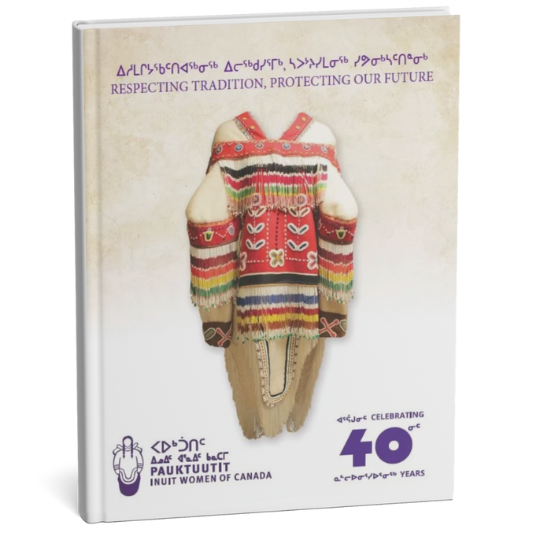

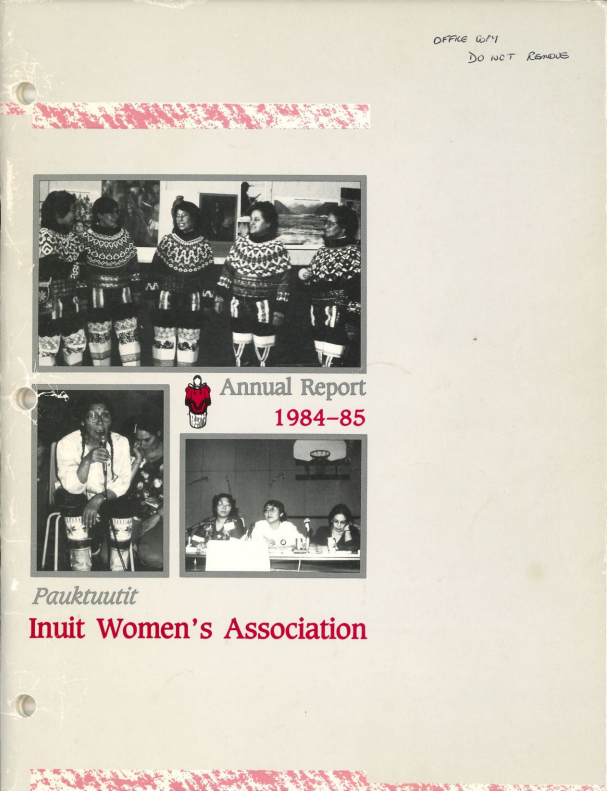
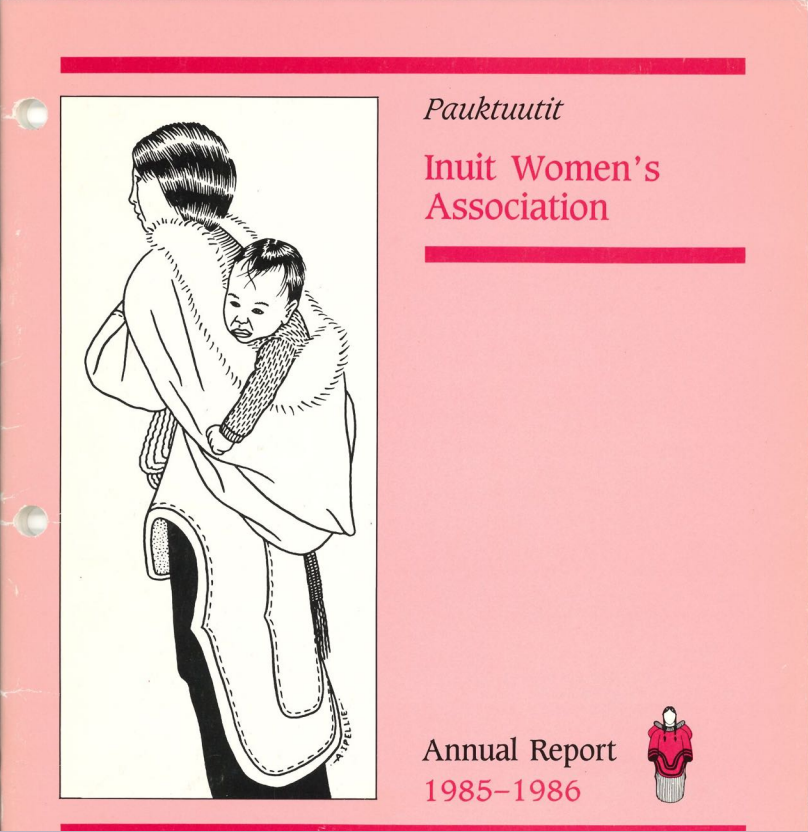

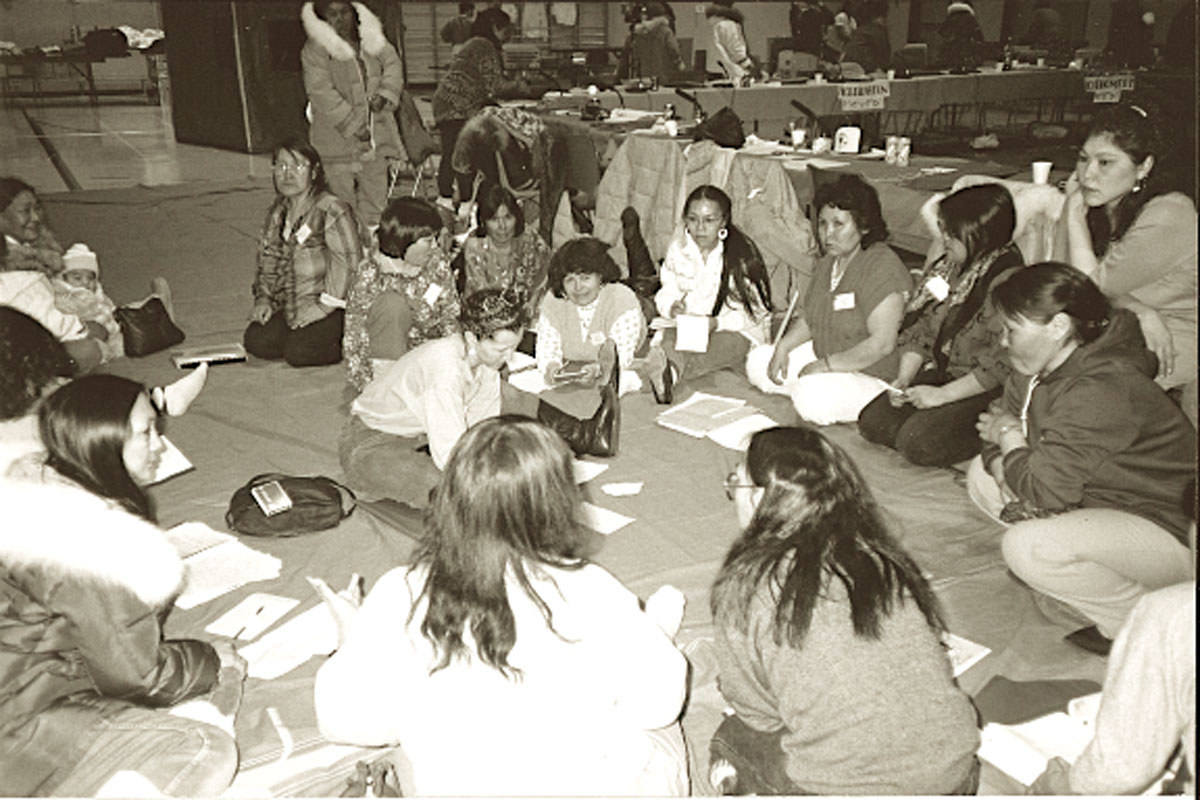
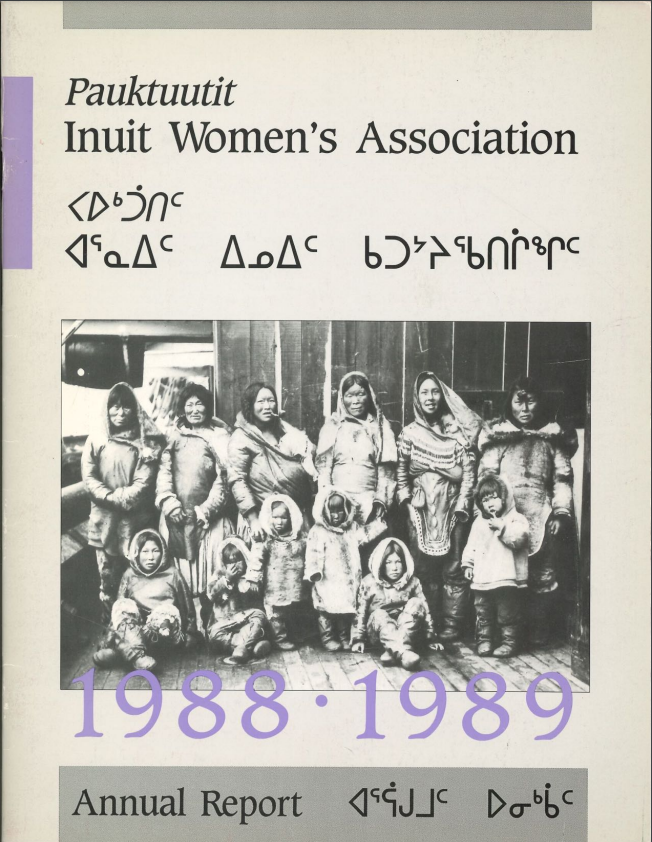



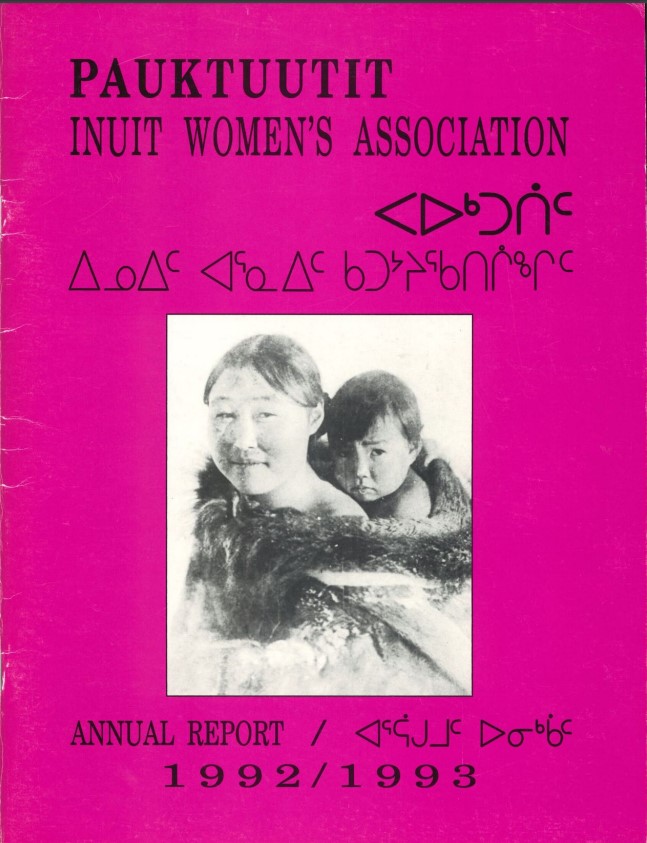
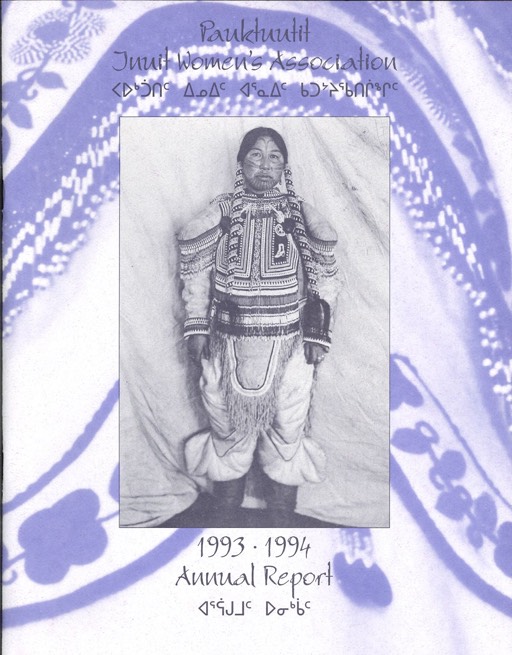
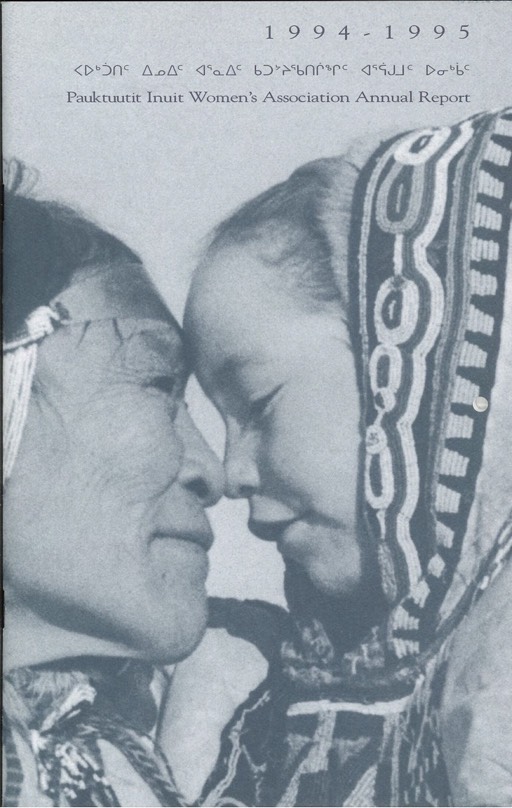
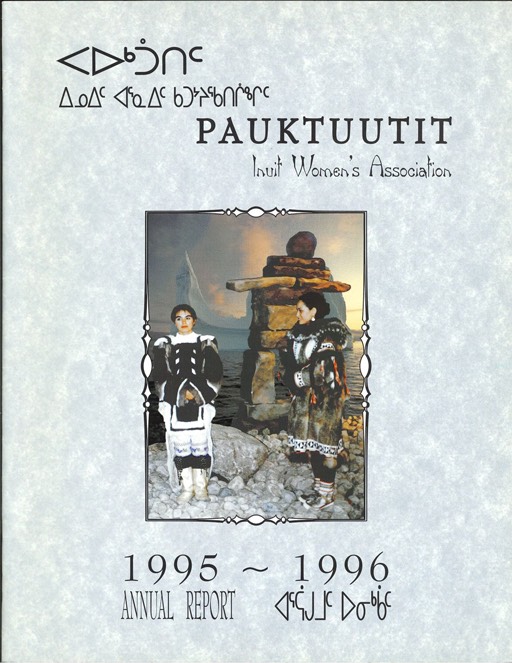
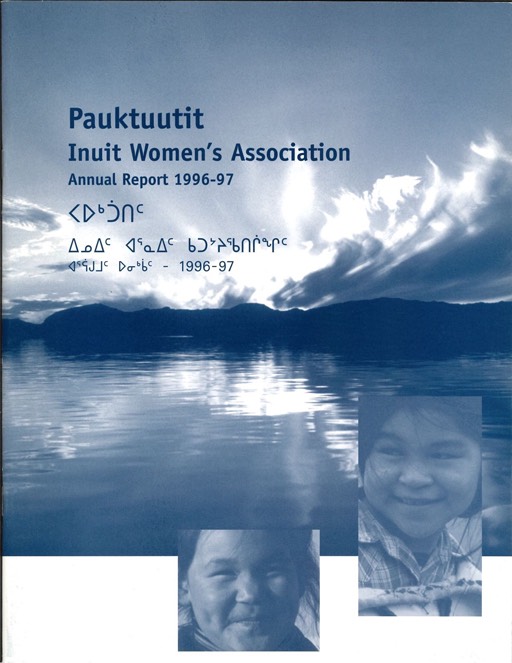
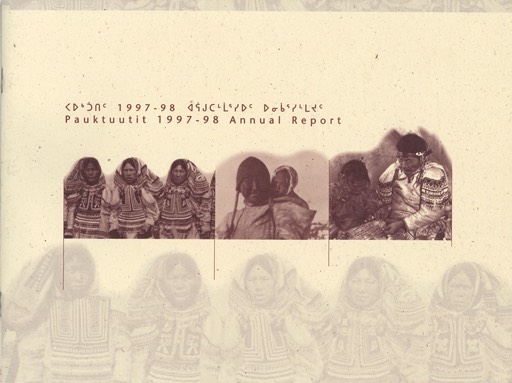
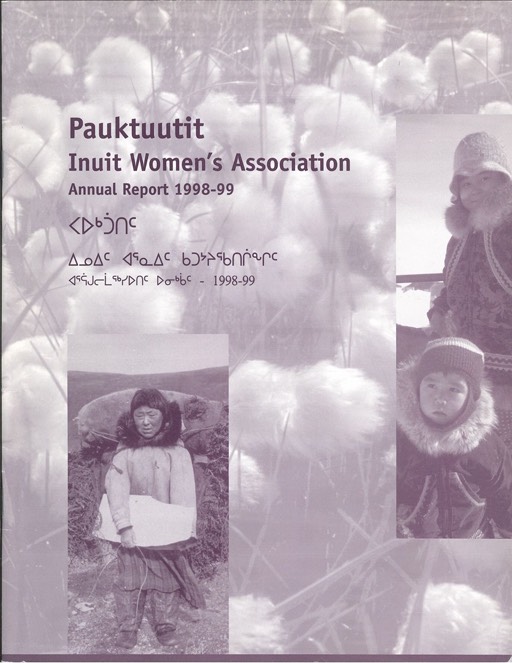
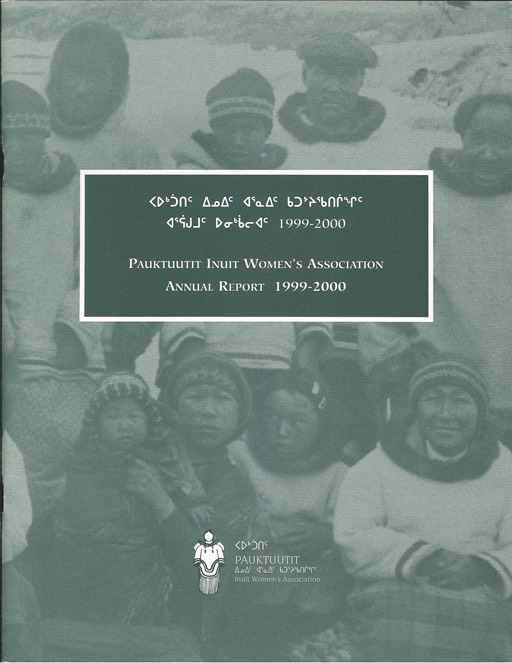
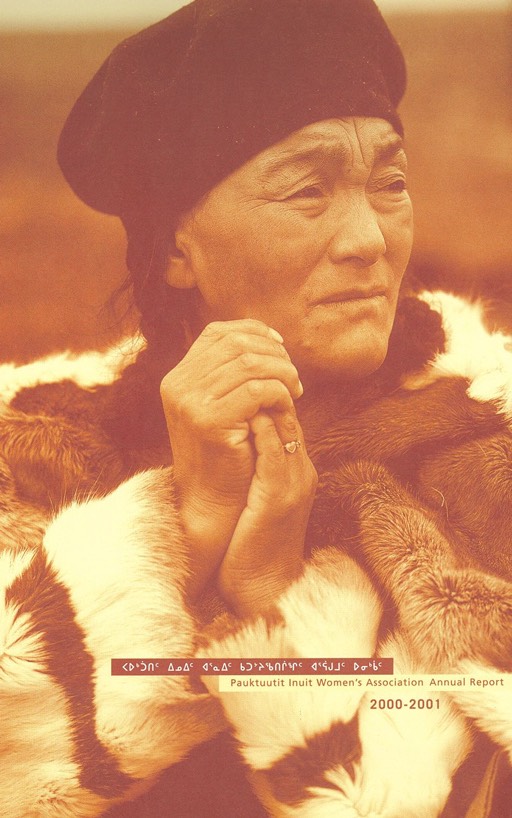
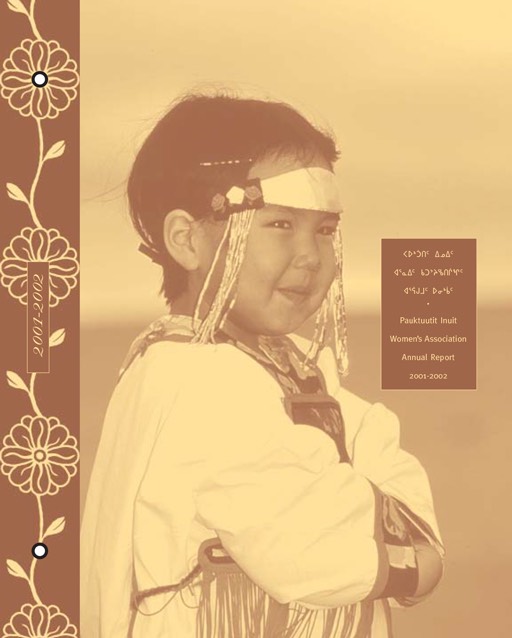

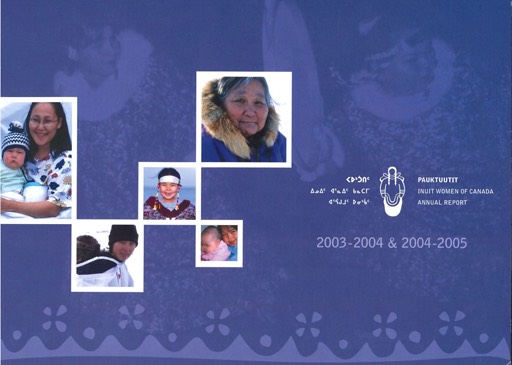
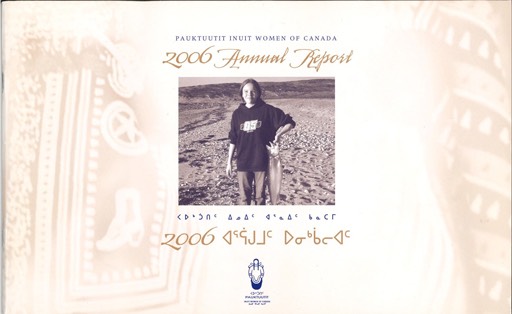

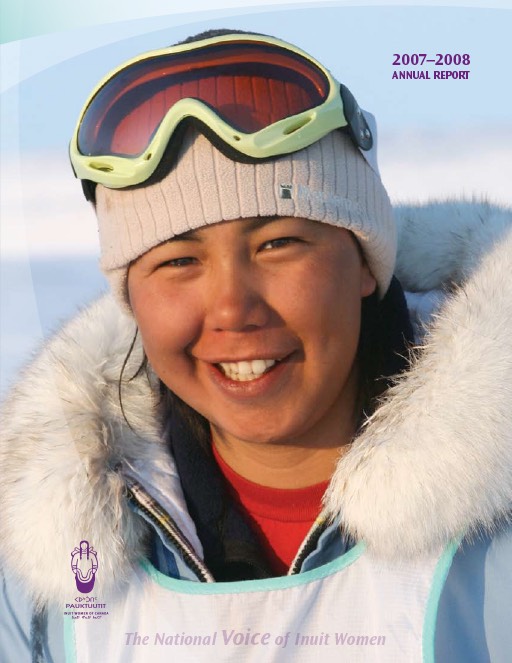
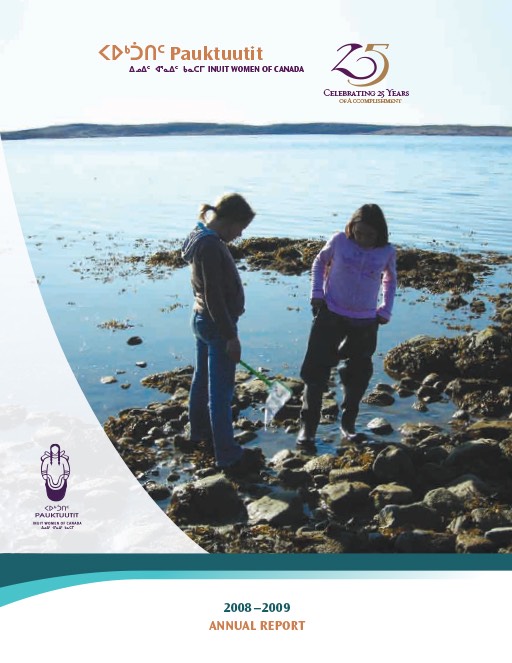
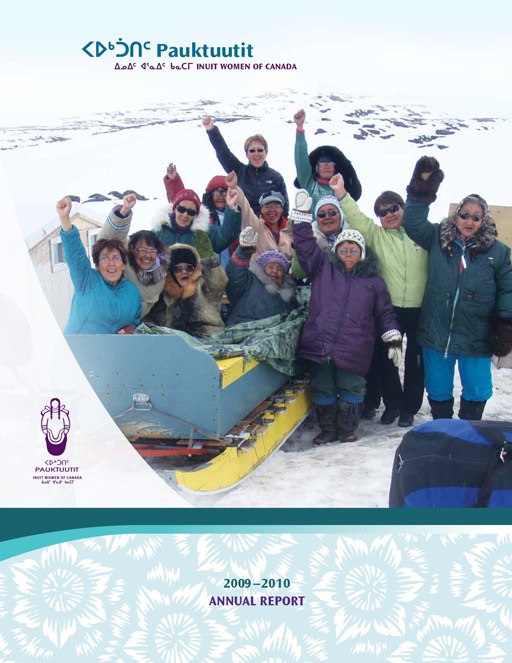
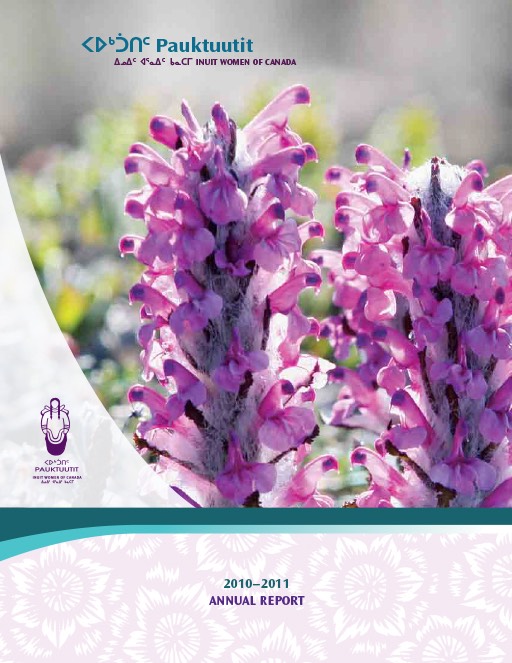

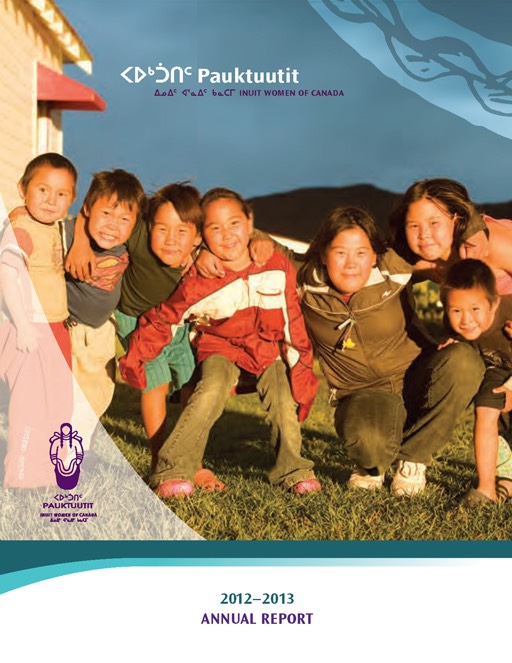
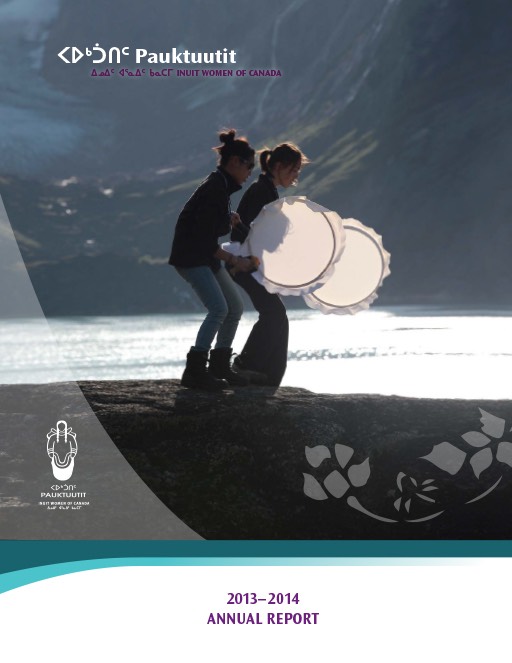
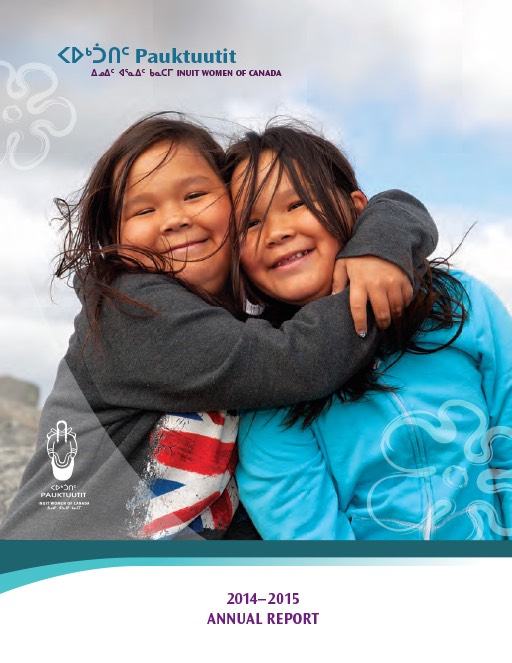
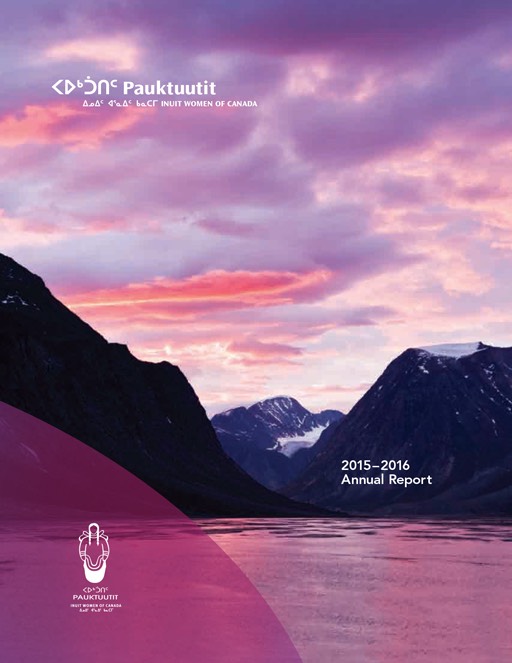
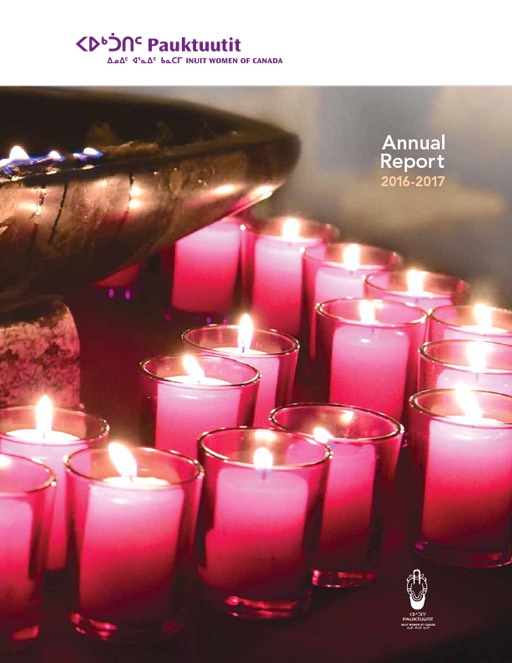

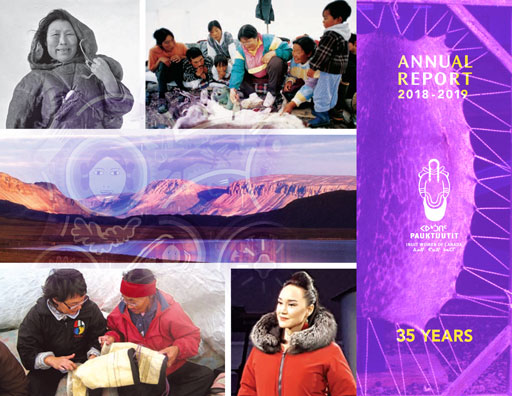
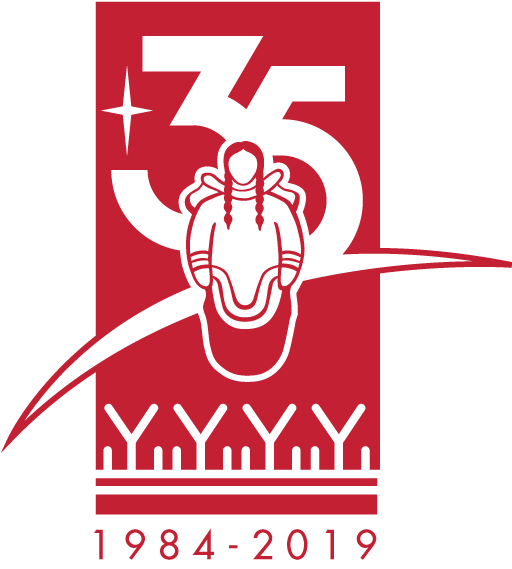 The National Inuit Sexual Health Network was
The National Inuit Sexual Health Network was 